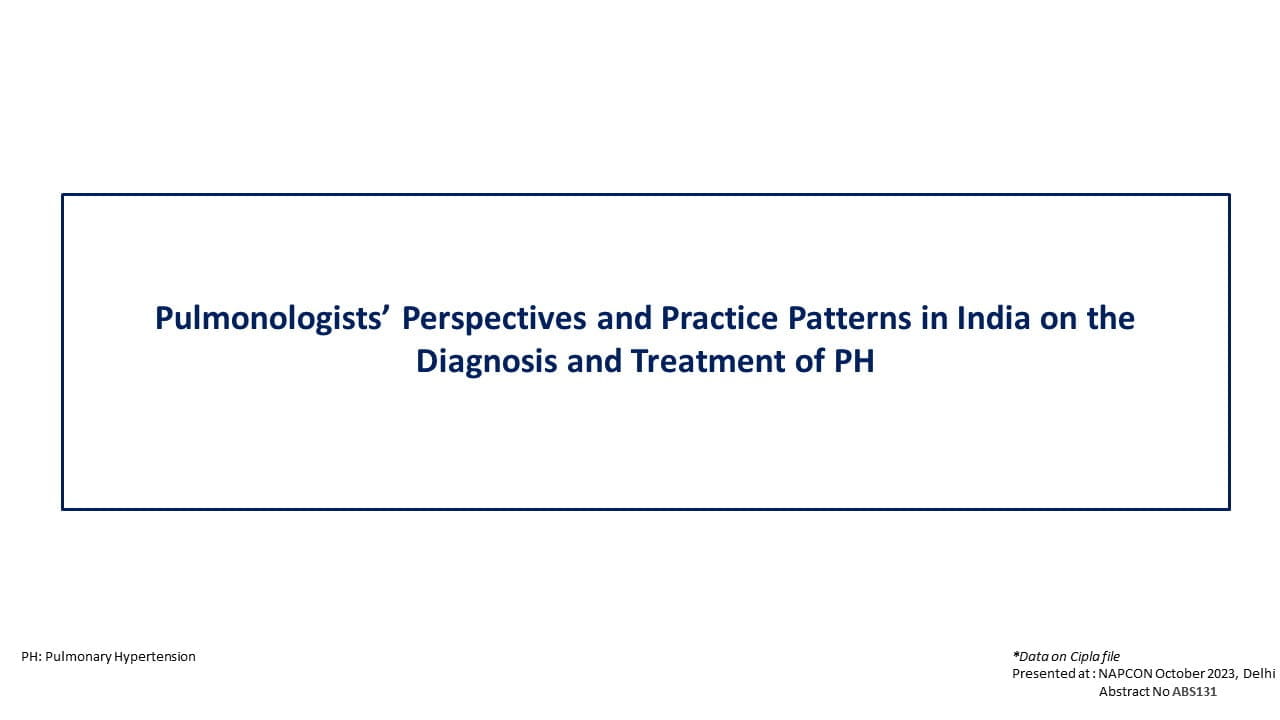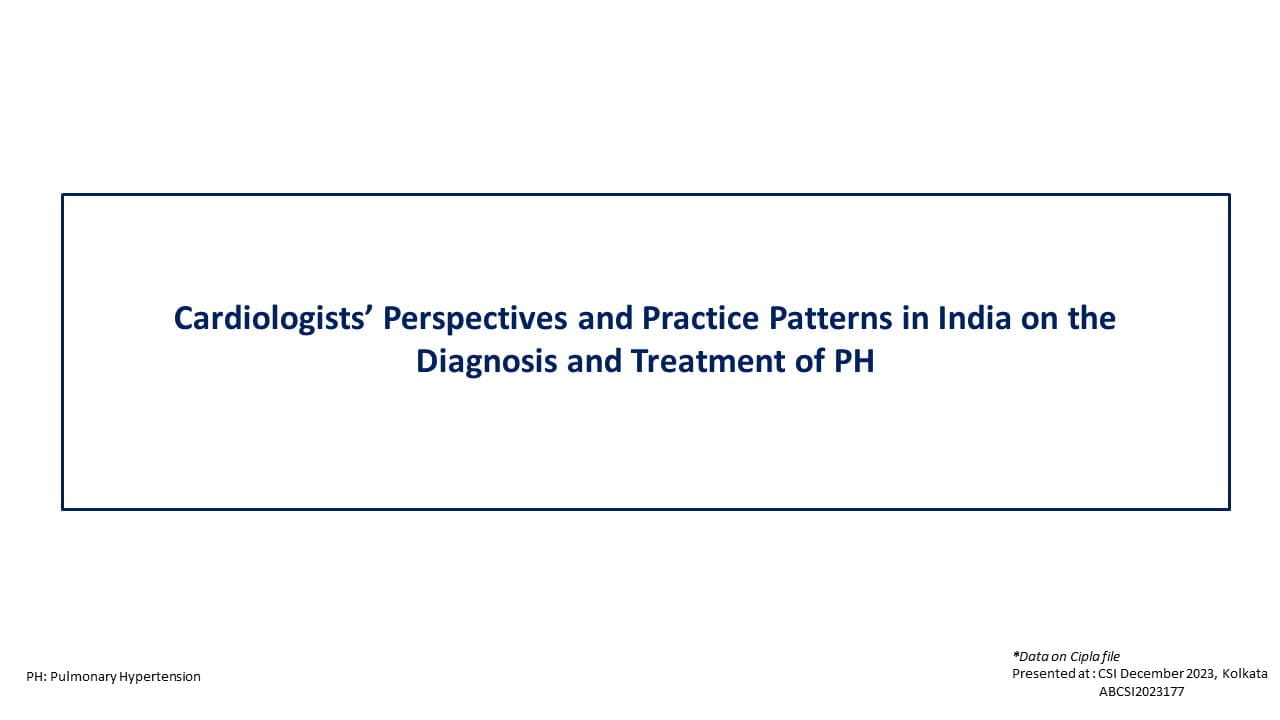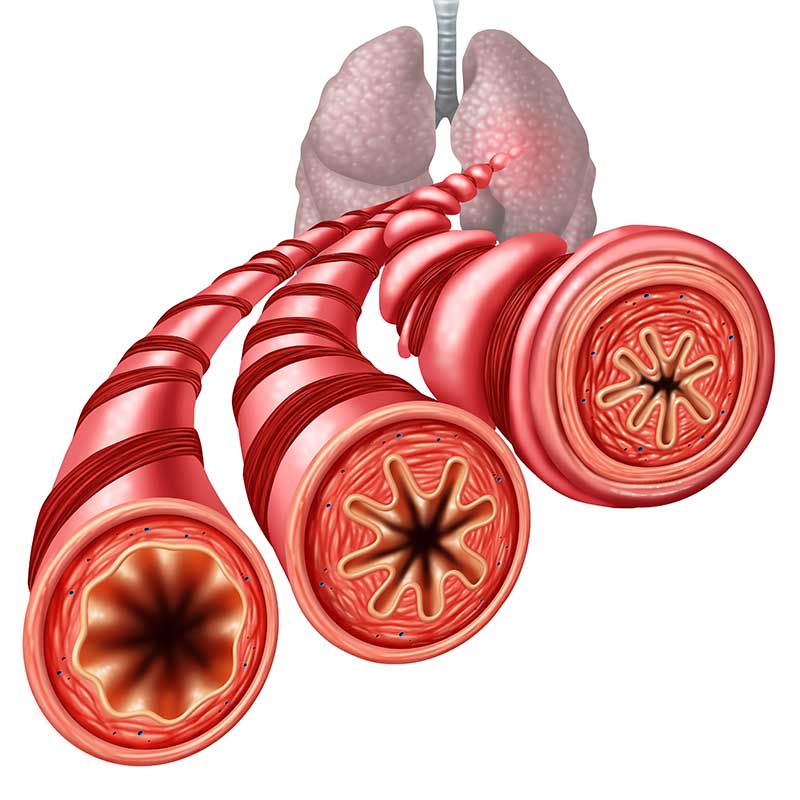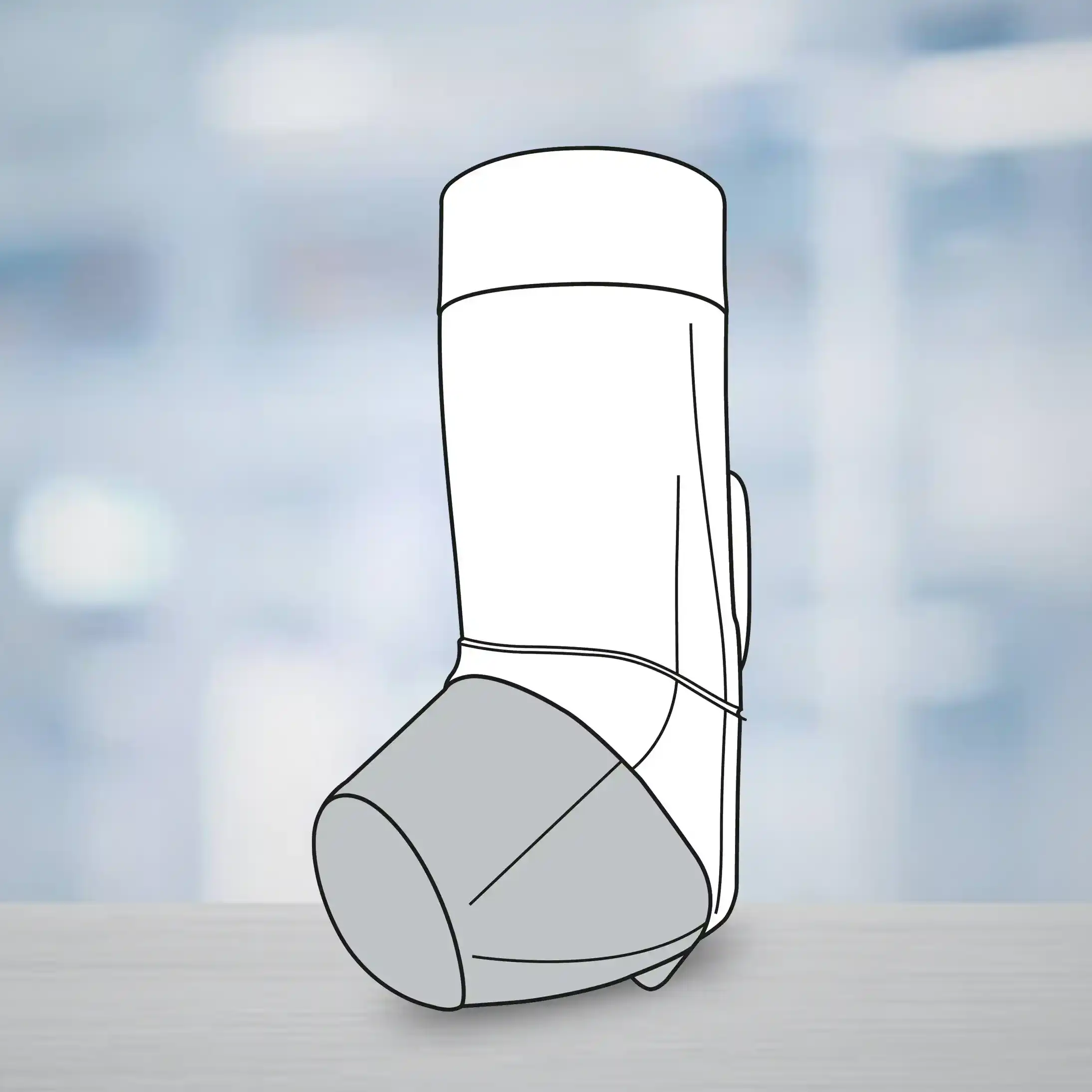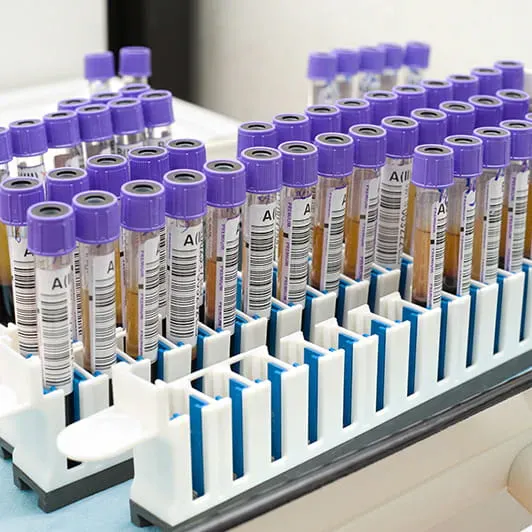Clinical Characteristics in Moxifloxacin-Resistant vs. Moxifloxacin-Susceptible S. aureus Keratitis
Introduction
Bacterial keratitis is commonly treated with fluoroquinolones, specifically moxifloxacin. Moxifloxacin, a broad-spectrum antibiotic, effectively eradicates the Gram-positive bacteria (Staphylococcus aureus, Streptococcus pneumoniae, and Pseudomonas aeruginosa). Moxifloxacin demonstrates excellent penetration into ocular tissues, including the cornea, making it the cornerstone for treating patients presenting with suspected bacterial keratitis. Newer studies have reported increasing incidence of fluroquinolone resistance in keratitis-causing bacteria. Neverthelss, not much is known about the clinical outcomes in bacterial keratitis cases resistant to moxifloxacin.
Aim
To evaluate the clinical characteristics and outcomes in cases of Staphylococcus aureus keratitis resistant to moxifloxacin in vitro.
Patient Profile
- Patients diagnosed with cultures positive Staphylococcus aureus keratitis (n=104)
Methods
Study Design
- A single-center retrospective clinical cohort study.
Assessments
- Corneal scrapings were cultured and antibiotic susceptibility testing was performed
Results
- Patients infected by moxifloxacin-resistant bacteria (n = 32) were significantly older compared to those affected with moxifloxacin-susceptible bacteria (74.32 years vs. 55.56 years, p <0.0001).
- Moxifloxacin-resistant patients had a significantly larger size of epithelial defect, as compared to their moxifloxacin-susceptible counterparts (18.18 mm2 vs. 5.10 mm2, p < 0.0001).
- The moxifloxacin-resistant patients had a moderately larger average infiltrate size, as compared to moxifloxacin-susceptible group. The moxifloxacin-resistant group also had a longer healing times (42.42 days vs. 32.2 days, p < 0.0001), and higher rates of corneal perforation (19.3 % vs. 4.2 %; p = 0.0317), as compared to moxifloxacin-susceptible group.
- Patients in the moxifloxacin-resistant group had significantly longer average time to resolution, as compared to moxifloxacin-susceptible group.
- Overall, moxifloxacin resistance was identified in 29.8% of cases, including methicillin-susceptible (MSSA; 4.8%) and methicillin-resistant Staphylococcus aureus (MRSA; 25.96%) isolates.
- The most common risk factors identified for moxifloxacin resistance included ocular surface disease (35.5%), history of prior infection (32.2%), ocular trauma, immunosuppression and contact lens use, topical corticosteroid use, and prior eye surgery.
- Patients with corneal ulcers resistant to moxifloxacin had worse visual acuity (VA) outcomes with minimal improvement from baseline to final follow-up (from 1.87 LogMAR to 1.8 LogMAR), as compared to the moxifloxacin-susceptible group (from 1.46 LogMAR to 1.15 LogMAR, p < 0.0001).
- Overall, 9.6% of moxifloxacin-resistant patients required enucleation.
Conclusions
- The study demonstrated an increasing prevalence of moxifloxacin resistance among patients infected with Staphylococcus aureus keratitis. Moxifloxacin resistance was particularly more frequent in older patients and in those with prior ocular infections or ocular surface disease.
- The findings underscore the importance of using moxifloxacin cautiously, particularly in patients with clinical risk factors for resistance.
- Future research should focus on developing predictive models and empiric treatment algorithms, based on the clinical presentation and risk factors to optimize the management of bacterial keratitis and to improve visual outcomes.
Ocul Surf. 2025; 38:97–103.


